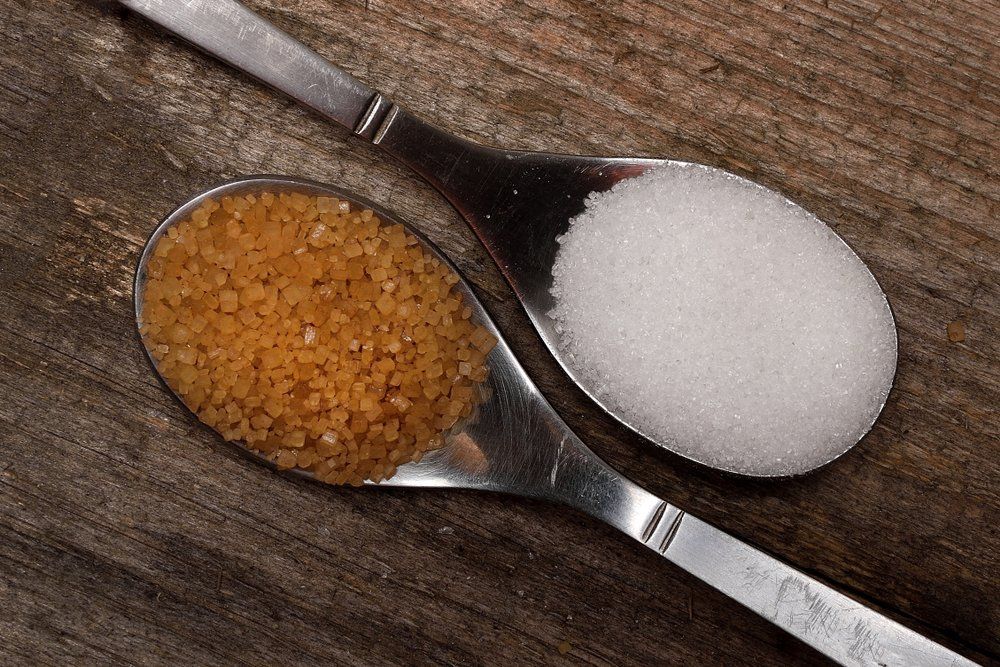Exploring the Distinctions being used and Advantages Between Beet Sugar Vs Cane Sugar
In the cooking globe, the option in between beet sugar and cane sugar is not just concerning sweetness however entails a nuanced factor to consider of taste, application, and impact. While both sugars originate from different plants, each undergoes distinct production processes that discreetly affect their features and suitability for numerous meals. As chefs and consumers increasingly focus on both the environmental and taste accounts of their components, recognizing these differences ends up being important. This exploration uses insight into exactly how each sugar type can best enhance culinary creations.
Beginnings and Manufacturing Procedures of Beet and Cane Sugar

Walking stick sugar, on the various other hand, originates from the sugarcane plant, a tropical turf native to Southeast Asia today cultivated in exotic zones worldwide. The production of cane sugar starts with the harvesting of cane stalks, which are crushed to launch the juice. This juice is after that steamed to focus it, after which it is spun in centrifuges to create raw sugar crystals. These crystals are more improved to generate the white sugar frequently readily available in stores.
Nutritional Content and Health And Wellness Considerations

When contrasting the nutritional web content of beet sugar and cane sugar, it becomes evident that both kinds basically give the very same caloric worths, with about 16 calories per teaspoon and no significant nutrient diversity. Both sugars, when consumed in excess, can add to elevated blood glucose degrees, a threat factor for diabetes and other metabolic conditions. From a health viewpoint, regulating consumption of any type of sugar, whether from beet or cane, is recommended to avoid these prospective unfavorable results on wellness.
Flavor Profiles and Culinary Applications
Regardless of their similar chemical frameworks, beet sugar and cane sugar differ discreetly in flavor, which can affect their use in numerous culinary contexts. Walking cane sugar typically brings a hint of molasses, even in its polished type, lending a warm, caramel-like touch that improves baked products, coffee, and chocolate-based dishes. This mild molasses taste is especially valued in the baking sector for including depth to sugary foods and pastries. On the other hand, beet sugar is characterized by its highly fine-tuned, neutral preference, making it a functional sugar that does not change the flavor accounts of dishes. This nonpartisanship is particularly useful in delicate dishes, such as light pastries, lotions, and some sauces, where the intrinsic tastes of other components are meant to attract attention. Subsequently, chefs moved here and food manufacturers could choose one kind of sugar over the various other based on the desired taste outcome of their cooking productions.
Environmental Impact and Sustainability
While both beet and cane sugars are obtained from plants, their environmental effects vary significantly due to the distinctive techniques of cultivation and processing like it needed for each. Sugar beet farming often entails comprehensive mechanization, which can boost fossil gas intake and carbon discharges.
Additionally, the handling of sugarcane often creates a substantial quantity of waste, including bagasse, which, although useful as biofuel, frequently adds to air pollution if burned inefficiently. Sugar beet handling uses even more of the raw materials, resulting in much less waste. Both industries face difficulties in minimizing their environmental impacts, however ongoing technologies in farming practices and waste management are intending to improve sustainability.
Economic Elements Affecting the Sugar Market
The economic characteristics of the sugar market are substantially affected by worldwide market needs and trade policies. In regions where sugarcane or sugar beet production is subsidized, producers may have an economic benefit that allows them to provide reduced rates on the global market.
Additionally, fluctuations in global need for sugar, affected by nutritional trends and industrial use in food, straight effect rates and manufacturing levels. beet sugar vs cane sugar. Weather likewise play a pivotal function, as they can considerably affect plant yields and, subsequently, the supply chain. This irregularity introduces a level of financial uncertainty that can bring about financial investment volatility in sugar manufacturing fields, affecting decisions from growing to market approach
Verdict
To conclude, both beet and cane sugar have special qualities that match different culinary needs. While cane sugar imparts an abundant flavor ideal for improving baked goods, beet sugar's nonpartisanship is excellent for lighter dishes. Nutritional resemblances notwithstanding, their distinctive production processes and environmental influences add intricacy to the selection official website between them. Hence, recognizing these differences aids chefs and consumers make notified decisions that straighten with their wellness, culinary, and honest choices.